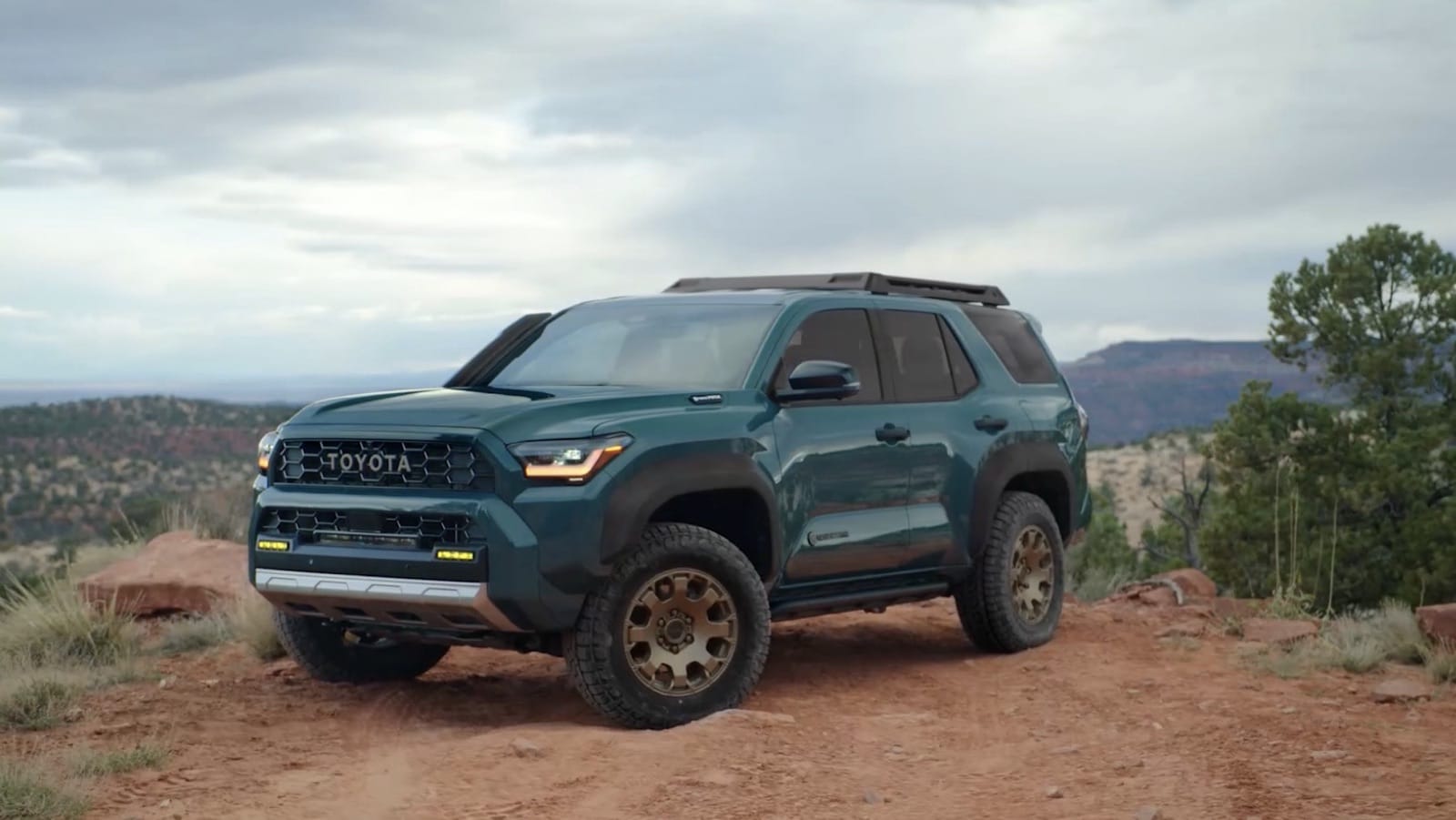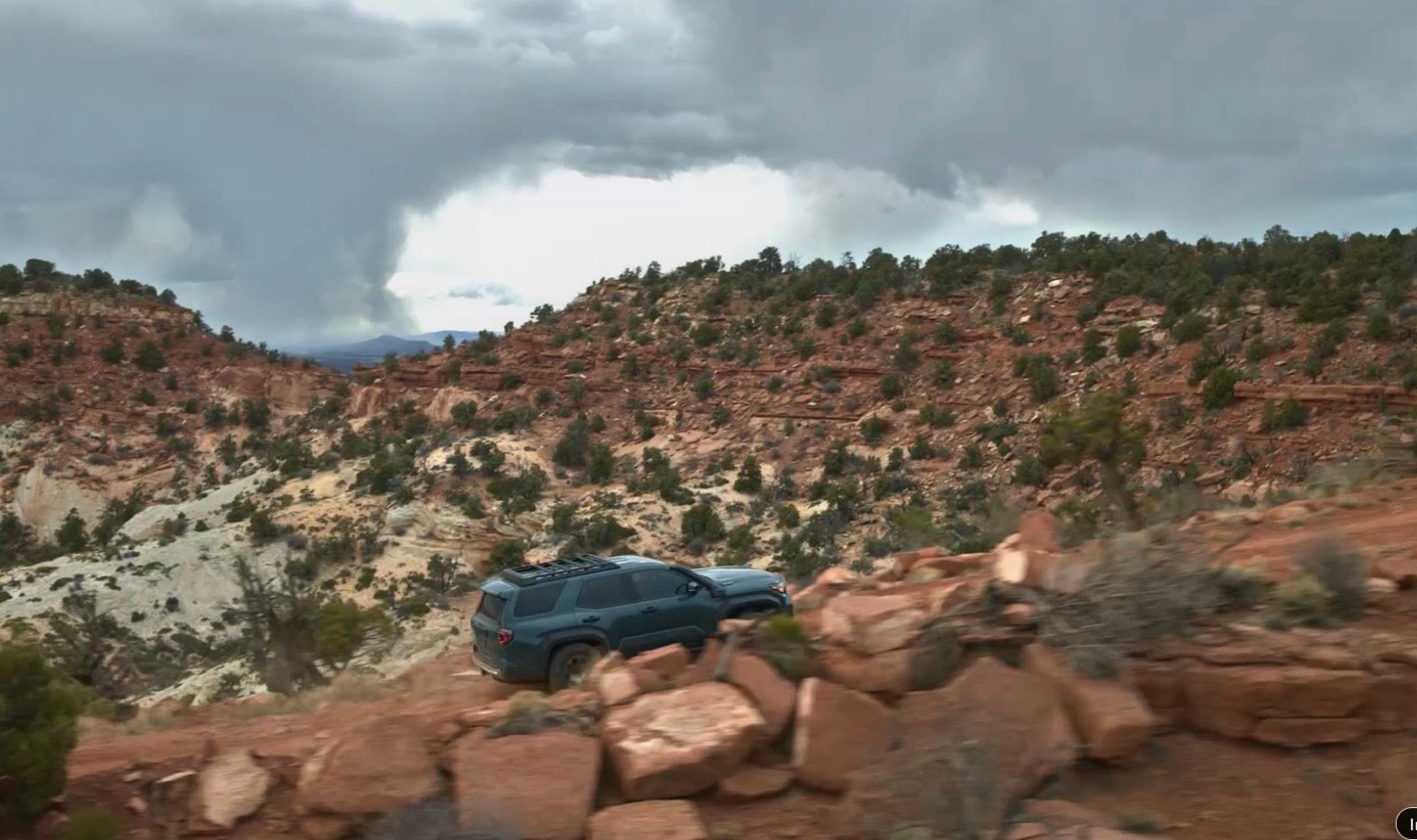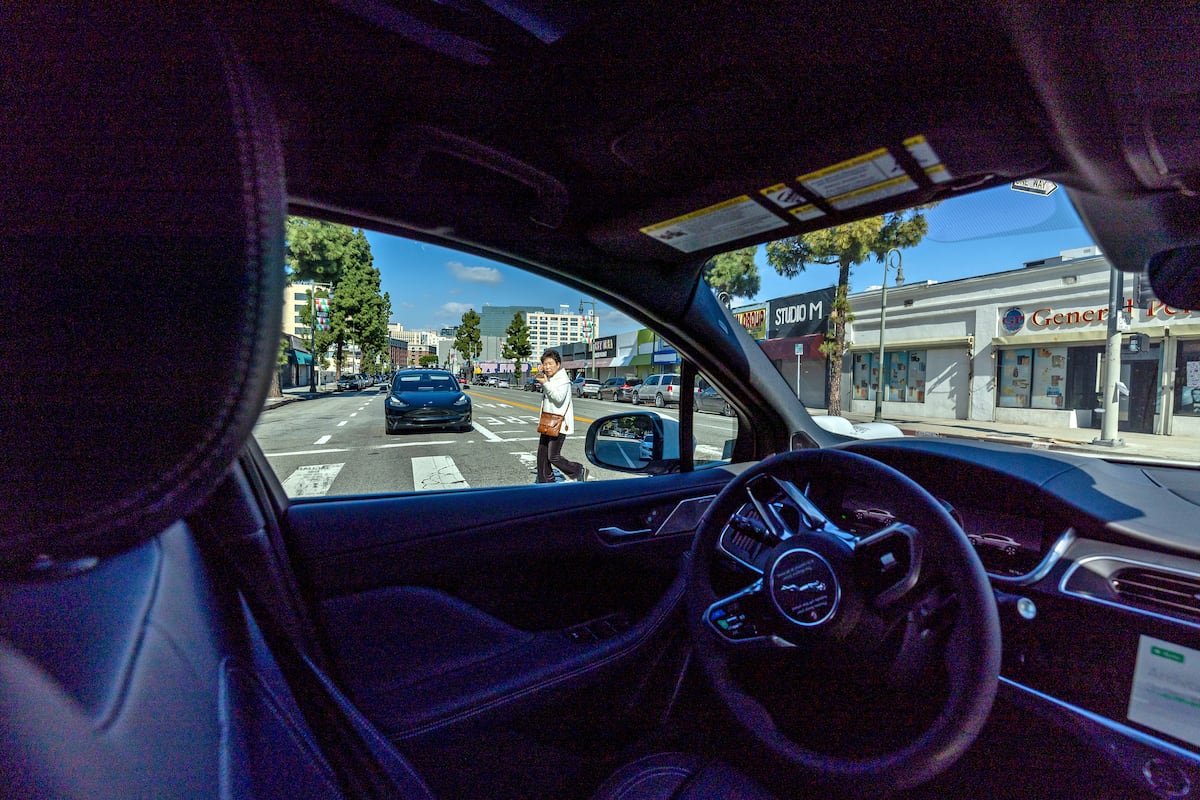Toyota Explores Drone Integration For Off-Road Vehicles As Automotive Industry Eyes Aerial Technology

Toyota Motor has filed with the Federal Aviation Administration to explore developing a small drone system for off-road vehicles, marking the latest signal that the automotive industry sees drones as more than just delivery tools—they could become essential co-pilots for drivers navigating challenging terrain.
The Japanese automaker’s Tuesday FAA filing outlines a concept where drones would act as flying scouts, providing drivers with aerial views of unpaved roads and trails. But automotive industry watchers should temper their excitement: Toyota made clear it has no immediate plans to bring the system to market, describing the filing as exploratory.
Why Automakers Are Looking Up
Toyota’s drone filing represents a fascinating evolution in how the automotive sector views unmanned aerial systems. While the company made headlines last October with a $500 million investment in Joby Aviation’s electric air taxis, this concept targets a completely different use case: enhancing the capabilities of traditional ground vehicles in challenging environments.
The timing is significant. As drone regulations mature and technology costs drop, automakers are recognizing that aerial systems could solve problems their four-wheeled products can’t address alone—particularly in situations where getting out to scout ahead isn’t safe or practical.


How Toyota’s System Would Work
According to the FAA filing, Toyota’s proposed drone system would focus on “boost[ing] situational awareness in places where it is unsafe to exit the vehicle.”
The company explained that “by providing the driver with views of the local environment, including potential hazards around and underneath the vehicle, drivers can plan safer routes and improve vehicle operations.”
Most drone flights would occur close to the vehicle, but operators could occasionally fly above the treeline “to capture videos used to orient themselves or capture the terrain,” according to the Toyota letter.
Think of it as giving off-road vehicles their own reconnaissance capability—useful for overlanders navigating remote trails, search-and-rescue operations, or potentially military applications where advance terrain knowledge could mean the difference between safe passage and getting stuck.
Automotive Meets Aviation: A Growing Trend
Toyota isn’t alone in exploring the intersection of ground and air mobility. The automotive giant’s investment in Joby Aviation brought its total stake in the eVTOL company to $894 million, with Toyota engineers now working alongside Joby’s team in California to support certification and commercial production of electric air taxis.
But while air taxis represent one vision of future mobility—moving people through the air—the off-road drone concept shows automakers thinking about how aerial systems can enhance traditional driving experiences. It’s a recognition that drones offer capabilities ground vehicles simply can’t match: instant elevation, 360-degree visibility, and the ability to scout ahead without risk.
Regulatory Tailwinds Support Innovation
Toyota’s filing comes as U.S. drone regulations undergo their most significant transformation in years. In August 2025, U.S. Transportation Secretary Sean Duffy unveiled proposed rules for Beyond Visual Line of Sight (BVLOS) operations, designed to “unleash American drone dominance” in commercial applications.
The proposed Part 108 regulations would eliminate the need for case-by-case waivers that have constrained drone operations, potentially enabling scaled deployments for package delivery, agriculture, infrastructure inspection—and, perhaps, automotive applications. The public comment period closed October 6, 2025, just one day before Toyota’s filing became public.
Toyota specifically referenced the August USDOT proposed rules in its filing, suggesting the company is positioning itself to take advantage of the new regulatory framework if it decides to move forward with development.
The Reality Check: Just Exploring, Not Committing
Despite the intriguing concept, Toyota made clear this is far from a product announcement. A company spokesperson told Reuters that “Toyota is constantly working on new technologies in various fields, we do not have any product plans to announce at this time.”
The filing appears to be Toyota testing regulatory waters and gathering information rather than signaling imminent product development. The company has not committed to implementing the drone system, leaving the concept in the realm of “interesting idea” rather than “coming soon to a dealership near you.”
DroneXL’s Take
Toyota’s drone filing is fascinating not for what it promises, but for what it reveals about how major industries view unmanned aerial systems in 2025. When one of the world’s largest automakers files with the FAA to explore drone integration—even speculatively—it signals that drones have moved from niche technology to potential standard equipment across sectors.
The automotive industry’s drone exploration follows a familiar pattern: invest in air taxis (Joby), explore ground-vehicle integration (this filing), and position for a future where aerial and ground mobility merge. Toyota’s $894 million bet on Joby shows the company believes flying vehicles will matter; this off-road drone concept suggests they also believe drones can enhance traditional driving.
But DroneXL readers should approach this with appropriate skepticism. Corporate R&D labs explore hundreds of concepts that never reach production. Without technical specifications, development timelines, or product commitment, this filing looks more like regulatory homework than a genuine product roadmap. Still, it’s worth watching. The off-road adventure market—overlanding, expedition vehicles, recreational trail running—represents exactly the kind of niche where drone integration could provide genuine value before scaling to broader automotive applications.
The real story here isn’t Toyota’s specific concept, but the broader trend: as BVLOS regulations mature and drone technology improves, expect more industries to explore aerial integration. Today it’s automakers. Tomorrow? Who knows.
What do you think? Would you want a drone scout system on your off-road vehicle? Share your thoughts in the comments below.
Discover more from DroneXL.co
Subscribe to get the latest posts sent to your email.
link






